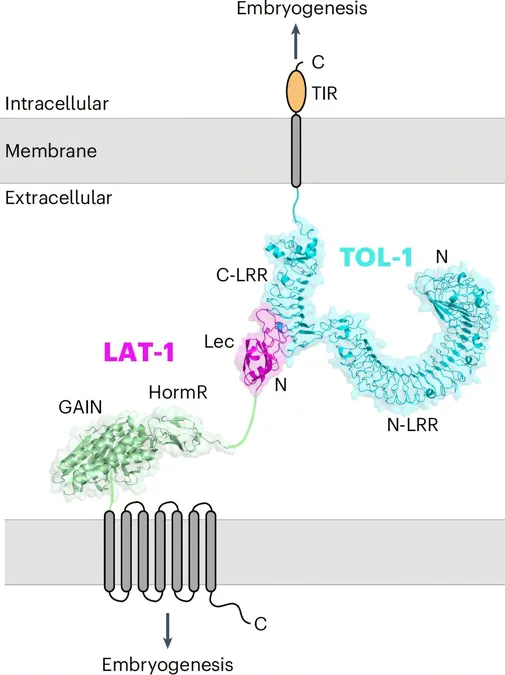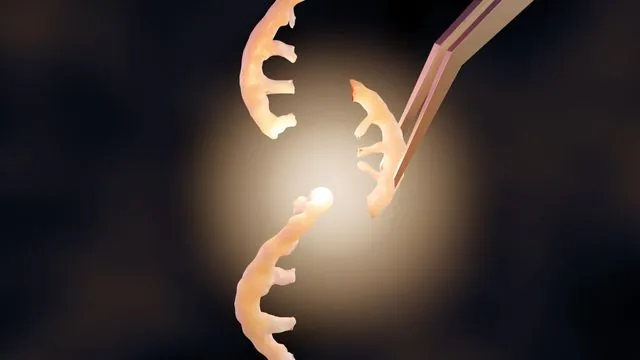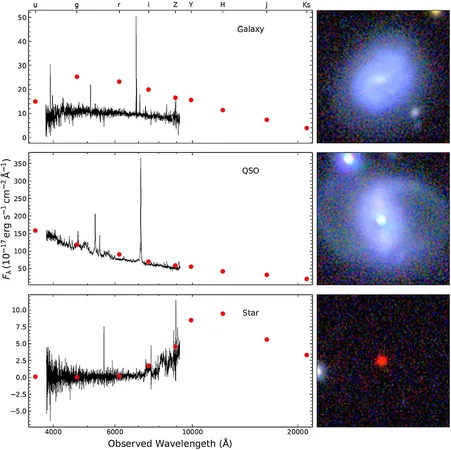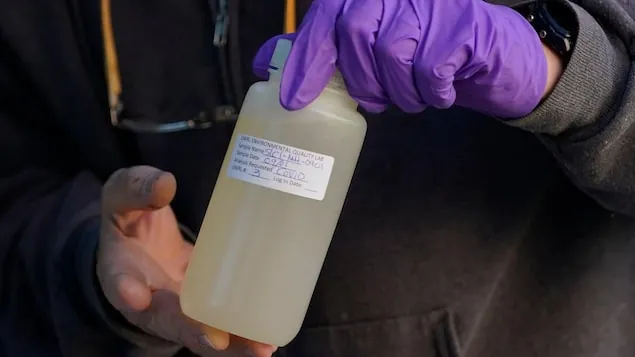
Groundbreaking Discovery: Unique Receptor Interactions are Key to Embryo Development!
2025-07-01
Author: Amelia
Unveiling the Secrets of Embryonic Formation
In a stunning revelation, researchers at the University of Chicago have uncovered a critical interaction between two cell receptors that plays a pivotal role in embryo development. As cells divide and organize into an embryo, they rely on communication through cell-surface receptors to coordinate their growth, but the intricate mechanisms at play have remained a mystery.
The Star Players in Development: Latrophilin and Toll-like Receptor
The study focuses on latrophilin, a cell-adhesion receptor, and a toll-like receptor, typically associated with immune responses. By examining these receptors in the model organism C. elegans, scientists employed advanced biochemical and imaging techniques to reveal a groundbreaking interaction that had previously gone unnoticed.
The Impact of Disruption: Major Developmental Insights
Disturbing the interaction between these two receptors resulted in alarming developmental defects in the nematodes, suggesting that they are essential not just for embryo formation but also for nervous system functionality. Senior author Dr. Engin Özkan emphasized the discovery of a 'cell-to-cell adhesion and communication axis' that is crucial for maintaining the body's structure.
High-Resolution Imaging Unlocks New Understanding
Utilizing cryo-electron microscopy, researchers captured high-resolution images that showcased the unique way latrophilin interacts with the toll-like receptor, indicating this bond serves a purpose beyond typical immune functions. By manipulating their genetic structures through CRISPR/Cas9 technology, the team was able to pinpoint precisely how breaking this interaction resulted in severe morphological consequences for the developing embryos.
From Simple Organisms to Broader Implications
Despite C. elegans' simplicity, with just around 1,000 cells, the latrophilin receptor is conserved across many species, including humans. The ongoing research aims to reveal whether similar interactions occur in higher organisms, sparking excitement over potential implications for understanding both development and disease.
The Future: Exploring Uncharted Biological Territory
Dr. Demet Araç, who has dedicated over a decade to studying these receptors, believes there’s much more to uncover. As they venture into research on vertebrates, including humans, the team is eager to determine the significance of these interactions, not just for developmental biology but also for broader health-related insights.
A Collaboration of Minds: Pioneering New Pathways in Research
The collaboration between labs has yielded remarkable insights, merging high-resolution structural data with genetic studies to deepen our understanding of latrophilins' functions in animal development. As Dr. Paschalis Kratsios remarked, initial expectations underestimated the profound implications of these findings, highlighting the unexpected yet thrilling nature of scientific discovery.









 Brasil (PT)
Brasil (PT)
 Canada (EN)
Canada (EN)
 Chile (ES)
Chile (ES)
 Česko (CS)
Česko (CS)
 대한민국 (KO)
대한민국 (KO)
 España (ES)
España (ES)
 France (FR)
France (FR)
 Hong Kong (EN)
Hong Kong (EN)
 Italia (IT)
Italia (IT)
 日本 (JA)
日本 (JA)
 Magyarország (HU)
Magyarország (HU)
 Norge (NO)
Norge (NO)
 Polska (PL)
Polska (PL)
 Schweiz (DE)
Schweiz (DE)
 Singapore (EN)
Singapore (EN)
 Sverige (SV)
Sverige (SV)
 Suomi (FI)
Suomi (FI)
 Türkiye (TR)
Türkiye (TR)
 الإمارات العربية المتحدة (AR)
الإمارات العربية المتحدة (AR)